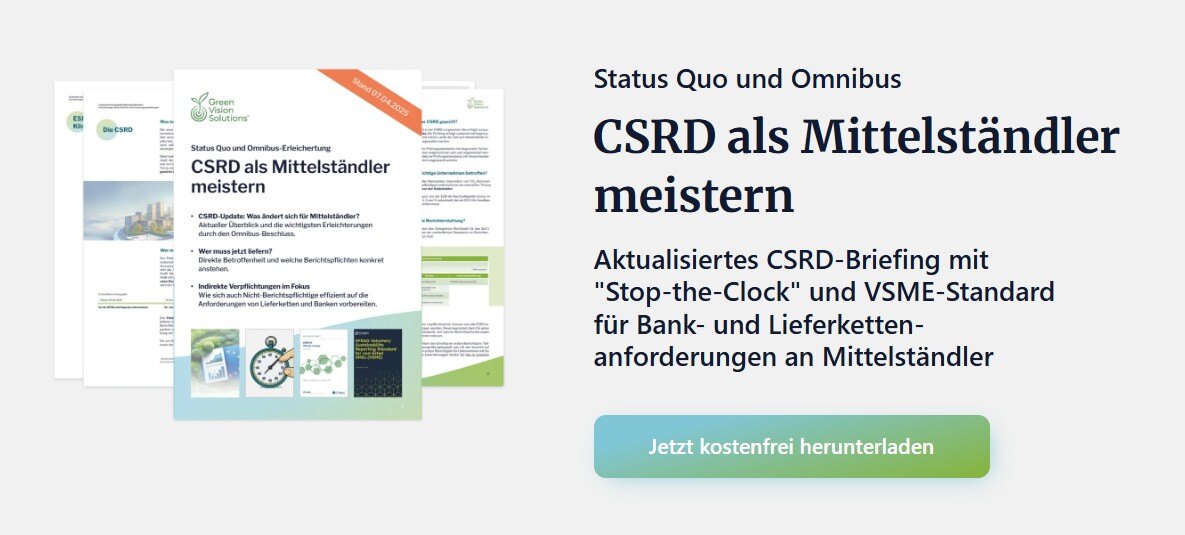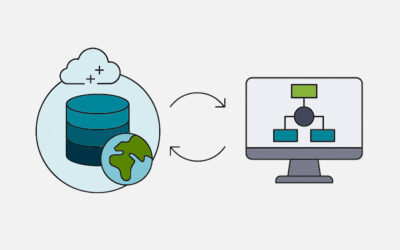More than just software: Your team for carbon accounting
We provide personalized support, a TÜV-certified process, and practical online seminars. → Learn more
| March 1, 2024
🕓 Reading time 8 minutes
Table of contents
1. What is the difference between climate protection and climate adaptation?
2. The importance of climate protection and adaptation in the ESRS E1 standard
3. Differences between climate protection and climate adaptation strategies
4. Differences in the objectives between climate protection and climate adaptation
1. What is the difference between climate protection and climate adaptation?
Climate protection and Climate adaptation are two fundamental strategies for dealing with climate change, each pursuing different approaches and objectives.
Climate protection deals with measures aimed at reducing greenhouse gas emissions and limiting global temperature rise. Companies are therefore encouraged to to determine the corporate carbon footprint, to create transparency about their emissions and develop targeted reduction strategies. These include expanding renewable energies, increasing energy efficiency, and promoting sustainable land use.
During the Climate protection aims to reduce the causes, the focus is Climate adaptation on dealing with the inevitable consequences of climate change. Climate adaptation strategies are designed to strengthen the resilience of societies, ecosystems, and economic sectors to the impacts of climate change. Examples include flood protection, adapting agriculture to changing climatic conditions, and strengthening infrastructure.
2. The importance of climate protection and adaptation in the ESRS E1 standard
The ESRS E1 standard, which is part of the CSRD reporting is applied, the Importance of both approaches Companies are encouraged to review their strategies for Climate protection as well as to Climate adaptation This demonstrates that a comprehensive understanding and an integrated approach to both areas are essential for sustainability reporting and risk management.
The standard requires companies not only to report on their current measures, but also to show how Climate protection and Climate adaptation integrated into their long-term business strategy are.
Another important aspect of the ESRS E1 standard is the emphasis on Risk management and resilience planning. Companies must explain how they assess potential climate risks and what steps they are taking to strengthen their resilience. This includes both physical risks, such as an increase in extreme weather events, and transition risks, such as changing regulatory or market conditions.
3. Differences between climate protection and climate adaptation strategies
Climate protection strategies
Climate protection strategies for companies focus on to reduce greenhouse gas emissions and accelerate the transition to a low-carbon economy. These strategies often include:
- Investments in renewable energy to replace fossil fuels.
- Improving energy efficiency in operations, buildings and production.
- Development and marketing of products and services with a lower carbon footprint.
- Promoting circular economy practices to use resources more efficiently and reduce waste.
Climate adaptation strategies
Climate adaptation strategies, on the other hand, aim to Resilience the company's response to the effects of climate change to increase. This includes:
- Analysis and assessment of the specific risks that climate change poses to the company.
- Adapting operational infrastructure and processes to make them more resilient to climatic events.
- Development of emergency plans and resilience strategies to respond to extreme weather events or long-term climate change.
4. Differences in the objectives between climate protection and climate adaptation
Climate protection goals
Goals in Climate protection are often quantitative and measurable, such as reducing greenhouse gas emissions by a certain percentage by a specified year. Other goals may include increasing the share of renewable energy in the company's energy mix or achieving circular waste management.
Climate adaptation goals
Climate adaptation targets, however, are more focused on Ensuring operational continuity and risk minimization. These can include ensuring operational capability even under changing climatic conditions, reducing vulnerability to climate-related supply chain disruptions, or ensuring the adaptability of products and services to the needs of a changing environment.
VSME & Omnibus simplifications
Current simplifications and carbon accounting for CSRD or supply chain inquiries
19. Nov., 10.30-11.15 Uhr
5. Examples of climate protection and adaptation measures
Climate protection measures
Measures to Climate protection include concrete steps such as switching to renewable energy sources, implementing energy efficiency measures, promoting sustainable mobility solutions or implementing programs to reduce resource consumption and waste.
Climate adaptation measures
Climate adaptation measures refer to Activities the company undertakes to strengthen its resilience. Examples include adapting infrastructure to increased risks of floods or storms, changing cultivation or production methods in agriculture, adapting product portfolios to changing customer demands, or training employees on climate-related challenges.
Subscribe to our free climate news (de) and never miss any industry news or articles!
Similar posts
Kostenfreie CO₂-Rechner im Check: Von ECOcockpit bis EFRAG
Mehr als nur Software: Ihr Team für CO₂-BilanzenWir begleiten mit persönlicher Beratung, einem TÜV-zertifizierten Prozess und praxisnahen...
The implementation of the CSRD in Germany | 2025
Mehr als nur Software: Ihr Team für CO₂-BilanzenWir begleiten mit persönlicher Beratung, einem TÜV-zertifizierten Prozess und praxisnahen...
Datensammlung für den Corporate Carbon Footprint: Praxistipps & Erfolgsrezept von Reichold Feinkost
Mehr als nur Software: Ihr Team für CO₂-BilanzenWir begleiten mit persönlicher Beratung, einem TÜV-zertifizierten Prozess und praxisnahen...
Ecoinvent verstehen: So funktioniert die Datenbank und dafür wird sie genutzt
Mehr als nur Software: Ihr Team für CO₂-BilanzenWir begleiten mit persönlicher Beratung, einem TÜV-zertifizierten Prozess und praxisnahen...
CO₂ Reporting und Berichterstattung im Mittelstand | Was? Warum? Wie?
Mehr als nur Software: Ihr Team für CO₂-BilanzenWir begleiten mit persönlicher Beratung, einem TÜV-zertifizierten Prozess und praxisnahen...
CSRD: The EU Directive and CO₂ reporting on Scope 1, 2, and 3 | Current overview
Mehr als nur Software: Ihr Team für CO₂-BilanzenWir begleiten mit persönlicher Beratung, einem TÜV-zertifizierten Prozess und praxisnahen...







